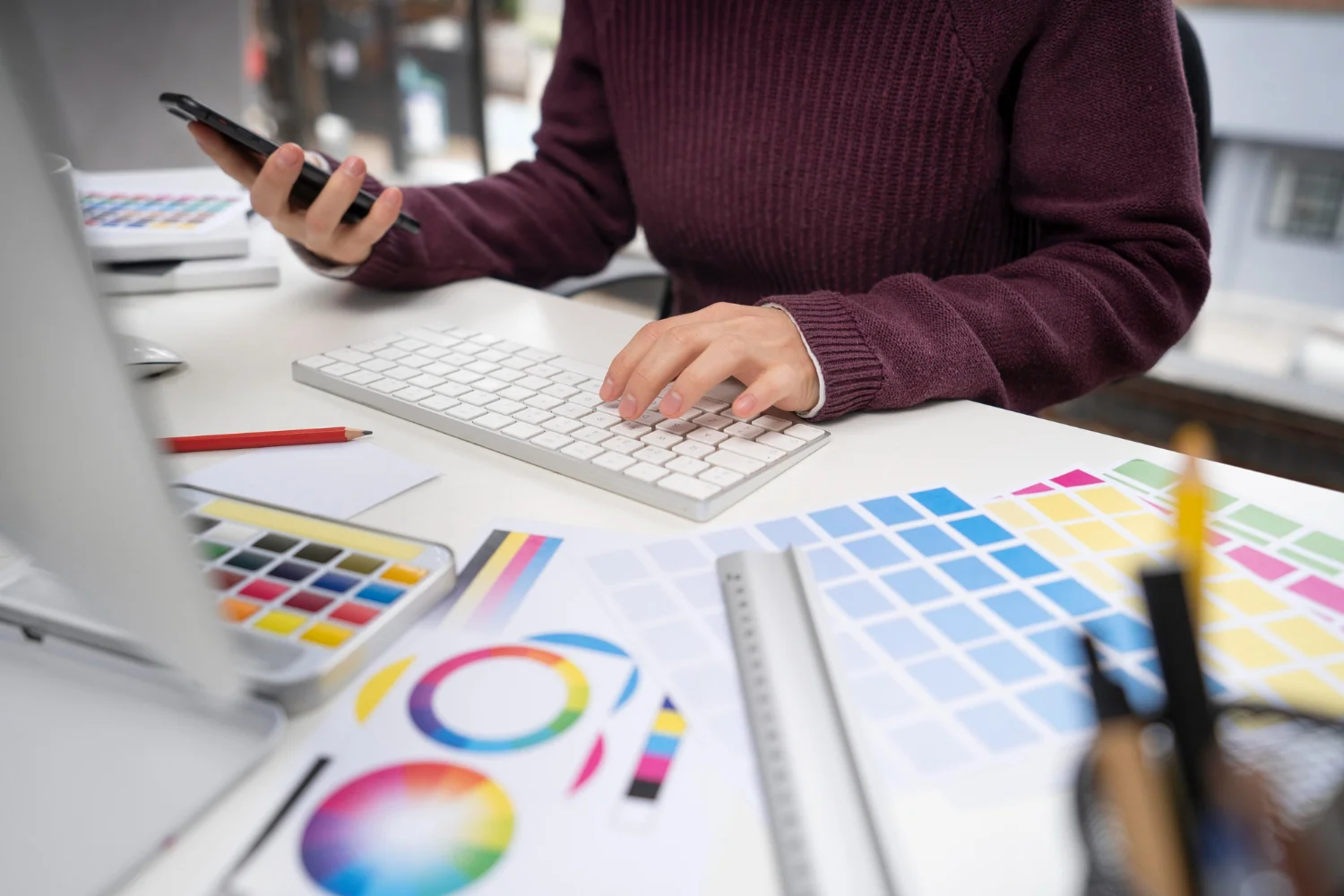
Logo Design Color Trends: Royal Blue, Scarlet, and More
Color is more than decoration—it’s a language of emotion, culture, and memory. In the world of logo design, color plays a defining role in shaping brand identity, creating recognition, and communicating values to audiences at first glance. As design evolves in 2025, color trends are shifting in bold and refreshing directions. From the commanding presence of royal blue to the fiery comeback of scarlet red, designers are pushing boundaries while staying rooted in psychological principles of color.
This article explores the latest logo design color trends, why they matter, and how brands can strategically use them to stand out in a crowded marketplace. Whether you’re a startup searching for a fresh identity or a designer tracking the future of branding, understanding these color movements will help you stay ahead.
Why Color Matters in Logo Design
Colors are powerful psychological tools. Studies show that up to 90% of a consumer’s snap judgment about a product is based on color alone. For brands, this means color choice in logo design is not just about style—it’s about shaping perception, evoking emotion, and driving loyalty.
-
Blue inspires trust (think Facebook, PayPal, Dell).
-
Red excites and energizes (Coca-Cola, Netflix, YouTube).
-
Green signals growth and sustainability (Starbucks, Whole Foods).
-
Yellow suggests optimism and creativity (McDonald’s, Snapchat).
Modern logo design leverages these associations but also adapts to cultural changes and consumer expectations. That’s why color trends shift over time, reflecting broader shifts in design, society, and technology.
The Rise of Royal Blue
Royal blue is one of the most prominent logo design colors in 2025. Its popularity is not coincidental—it aligns with modern branding goals.
Why Royal Blue Works
-
Trust and Reliability – Blue has long been associated with professionalism and dependability.
-
Digital Friendly – Royal blue is vibrant enough to pop on screens without overwhelming.
-
Versatility – It pairs well with neutrals, metallics, and even bold accents like orange or yellow.
Brands like Burberry and Webflow have recently embraced shades of royal blue, reflecting its ability to feel both timeless and innovative. For new brands, using royal blue in logo design communicates confidence, authority, and stability.
Scarlet Red’s Bold Comeback
If blue is about stability, red is about energy—and scarlet red is making waves in modern logo design.
Why Scarlet Is Trending
-
Attention-Grabbing – Scarlet commands focus instantly, making it ideal for competitive markets.
-
Emotional Impact – Red evokes passion, excitement, and urgency.
-
Luxury and Modernity – Deeper shades of scarlet also convey elegance and high value.
Brands like Fanta and Walmart have leaned into richer reds in rebranding efforts, signaling that scarlet is not just for traditional icons like Coca-Cola—it’s versatile enough for tech, fashion, and consumer goods.
Beyond Blue and Red: Emerging Color Stories
While royal blue and scarlet dominate 2025’s logo design landscape, other hues are also gaining traction:
1. Earthy Greens and Organic Browns
With sustainability at the forefront of consumer consciousness, many brands are opting for natural, eco-inspired colors. Logos in organic greens and subtle browns symbolize responsibility, wellness, and environmental care.
2. Digital Neon and Gradients
Tech-driven brands continue experimenting with neon gradients—colors that shift dynamically across surfaces. These futuristic palettes suggest energy, creativity, and adaptability.
3. Metallic Finishes
Luxury-focused logo design increasingly integrates metallic colors like gold, copper, and silver. These shades communicate prestige and exclusivity, particularly in fashion, jewelry, and premium tech.
4. Soft Pastels
Pastels remain strong in industries targeting younger demographics. They convey friendliness, approachability, and playfulness—especially effective in beauty, lifestyle, and digital apps.
Psychological Power of Color in Logo Design
Understanding why certain colors resonate is key to effective logo design. Here’s a breakdown of how current trends align with consumer psychology:
-
Royal Blue: Security, authority, calm focus.
-
Scarlet Red: Passion, energy, confidence.
-
Earthy Greens: Sustainability, balance, health.
-
Metallic Gold: Prestige, tradition, excellence.
-
Pastels: Approachability, innocence, creativity.
This alignment allows brands to strategically pick colors not only for aesthetics but also for meaning.
Combining Colors for Maximum Impact
Modern logo design rarely uses single colors in isolation. Instead, designers explore color pairings that enhance recognition and visual storytelling.
-
Royal Blue + Orange → Energy balanced with stability.
-
Scarlet Red + White → Bold yet clean and timeless.
-
Green + Gold → Sustainability with a touch of prestige.
-
Pastel Pink + Navy → Playfulness paired with professionalism.
By combining colors thoughtfully, brands can achieve depth and versatility in their visual identities.
The Role of Technology in Logo Design Colors
Advancements in AI and digital tools have also shaped how colors are used in logo design. AI-powered design platforms now recommend trending palettes, ensuring logos feel both contemporary and relevant. These tools also account for accessibility, ensuring colors maintain impact across devices, backgrounds, and viewing conditions.
For instance, designers often reference resources like the Adobe Color Wheel to explore trending palettes and create harmonious color schemes. Such tools bridge the gap between creativity and consistency.
Case Studies: Brands Leading the Color Shift
-
Burberry – Their updated brand identity embraces royal blue, moving away from overly muted tones.
-
Fanta – Scarlet and orange gradients give a fresh, vibrant feel to the soda brand.
-
Tech Startups – Many are adopting bold neons and dynamic palettes, emphasizing agility and innovation.
These examples show how brands use color trends to remain culturally relevant while preserving their core values.
Practical Tips for Designers
If you’re a designer or entrepreneur exploring the latest logo design color trends, here are some best practices:
-
Test Across Platforms – A color that looks great on print may fail digitally.
-
Know Your Audience – Use color psychology to align with customer expectations.
-
Balance Trend with Timelessness – Trends evolve, but your logo should remain relevant long-term.
-
Limit Palette – Stick to 2–3 primary colors for clarity and recognition.
-
Ensure Accessibility – Colors must remain legible for all users, including those with visual impairments.
The Future of Logo Design Colors
Looking ahead, expect logo design to continue blending bold classics like royal blue and scarlet with dynamic, tech-inspired gradients and eco-conscious earth tones. The best logos will not just follow color trends but interpret them in ways that reflect brand stories authentically.
Ultimately, color remains one of the most powerful tools in logo design—a silent ambassador that communicates volumes before a single word is read. By mastering color trends, brands can craft identities that are not only visually striking but also emotionally resonant.
Bringing It All Together: Color in Logo Design
Color defines the essence of a brand. In 2025, royal blue symbolizes trust and professionalism, scarlet red captures energy and passion, while greens, pastels, metallics, and neons enrich the spectrum of possibilities in logo design.
Whether you’re rebranding or building from scratch, choosing the right palette can elevate your message, connect with audiences, and ensure your logo leaves a lasting impression. By blending psychology, technology, and trend awareness, modern logo design is evolving into a vibrant storytelling tool—one hue at a time.
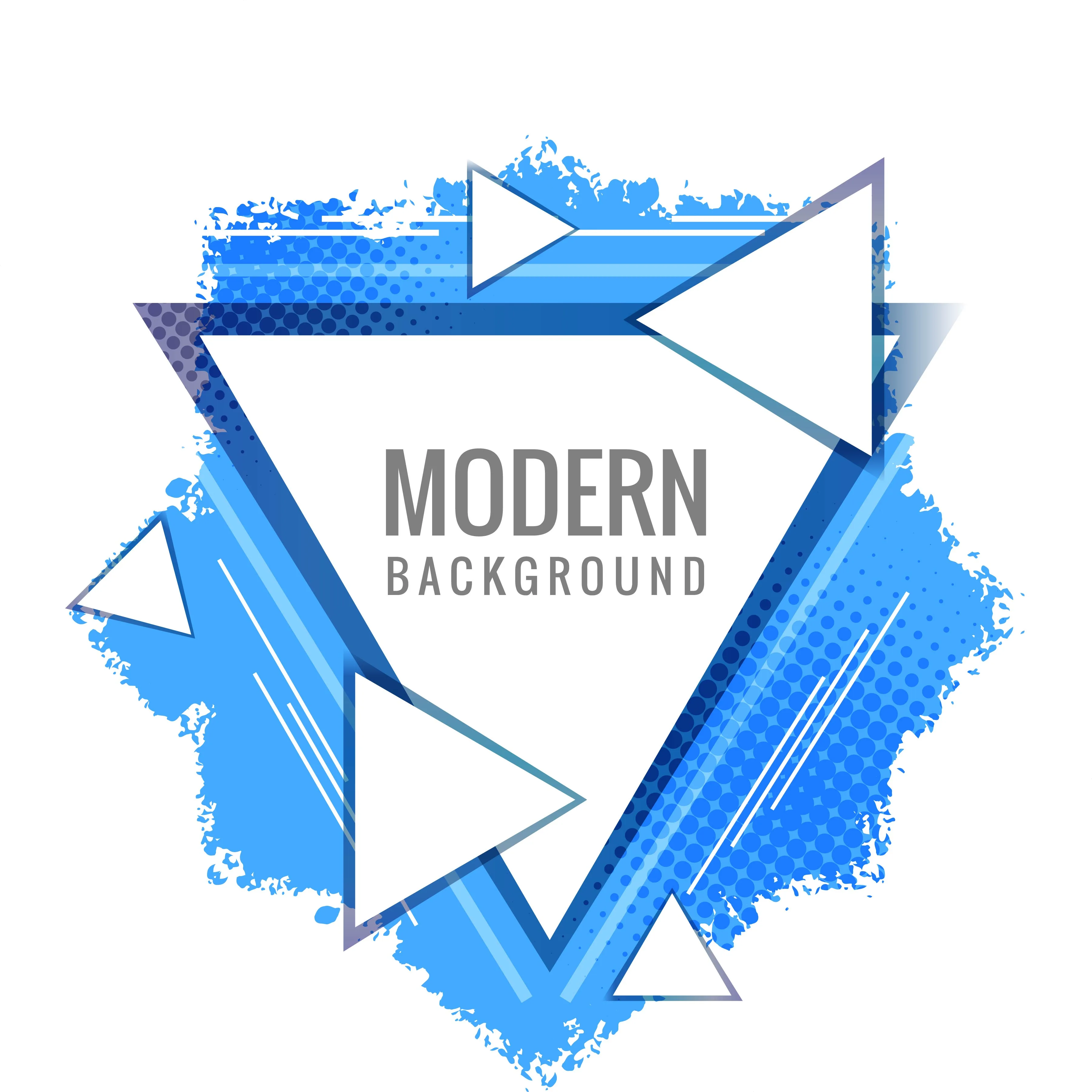
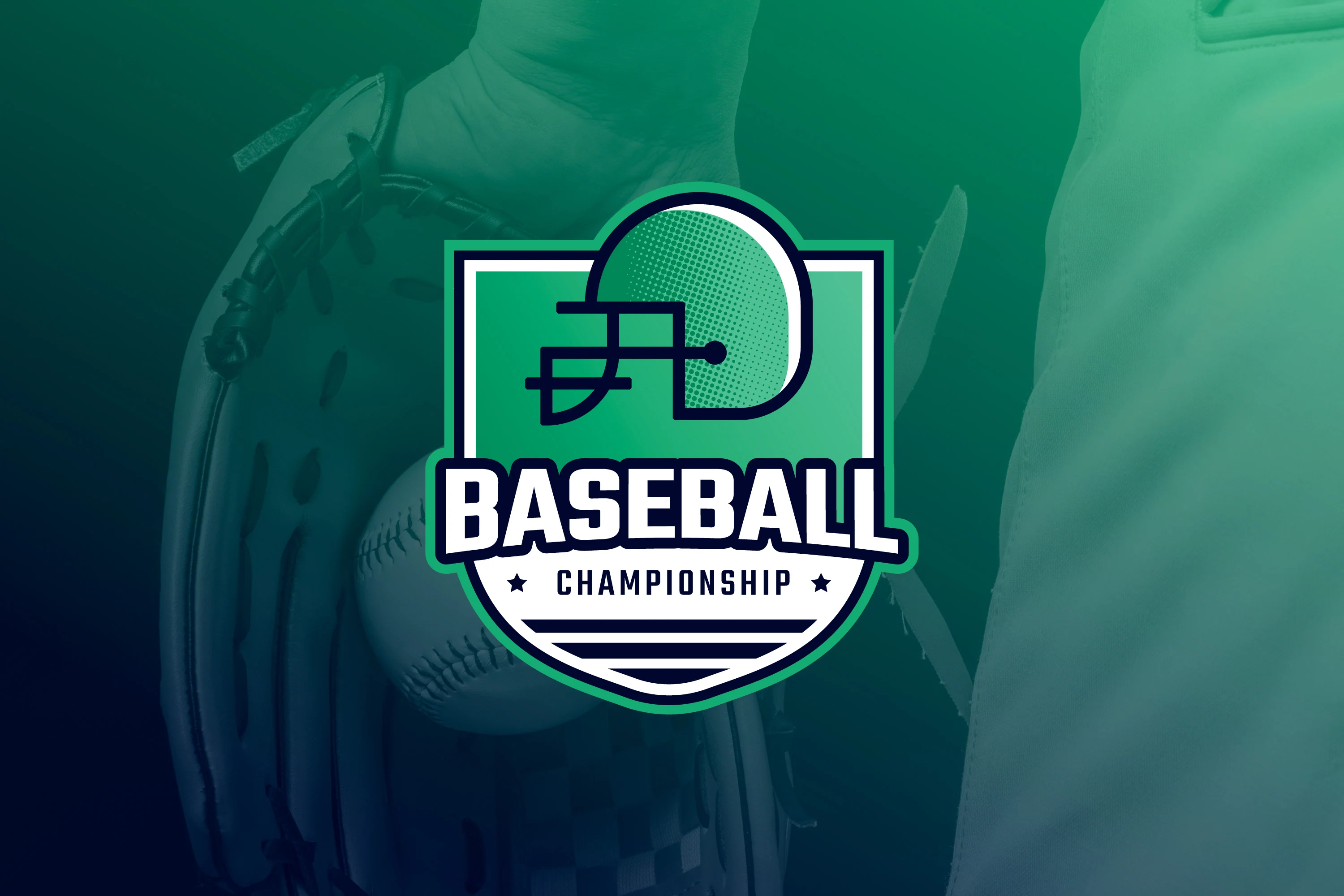
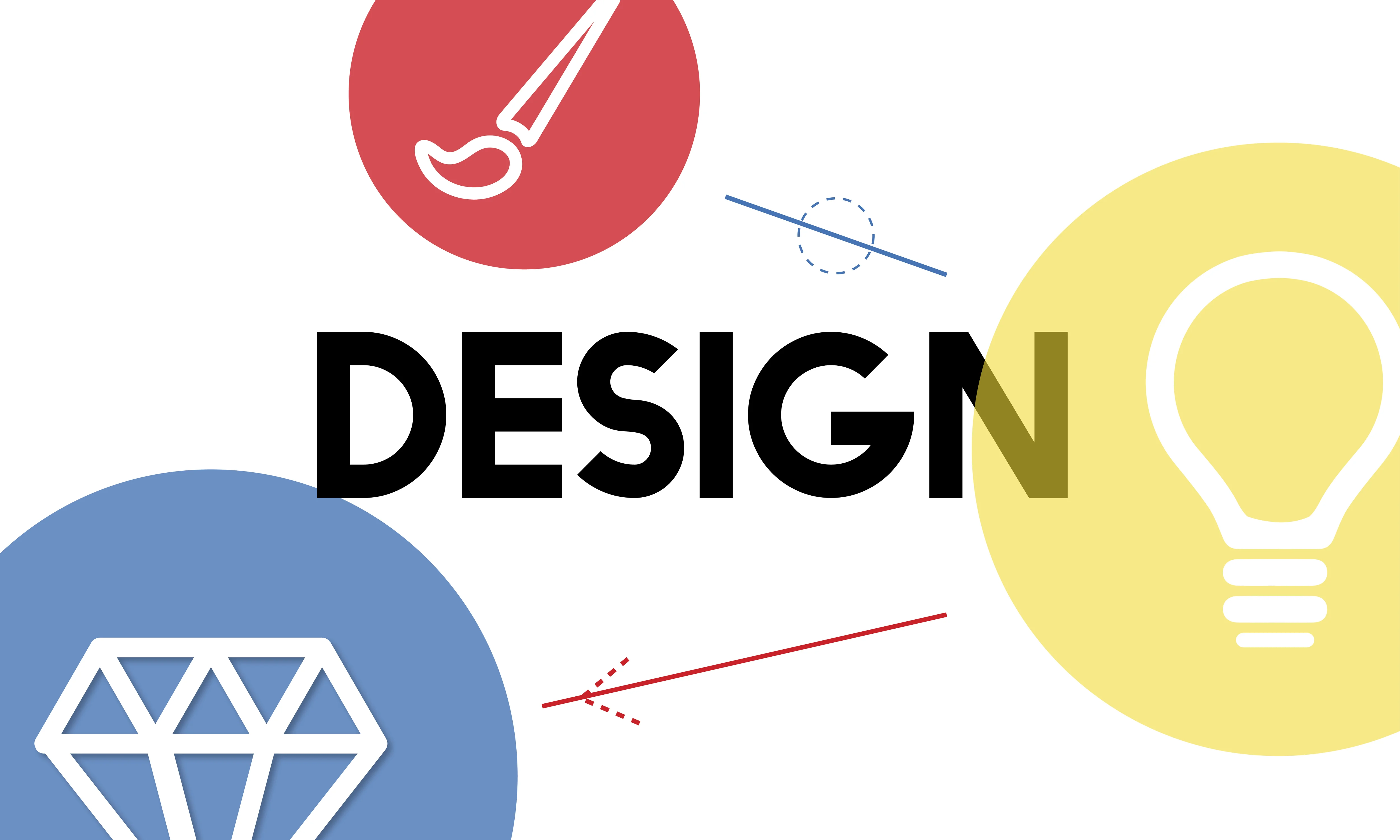
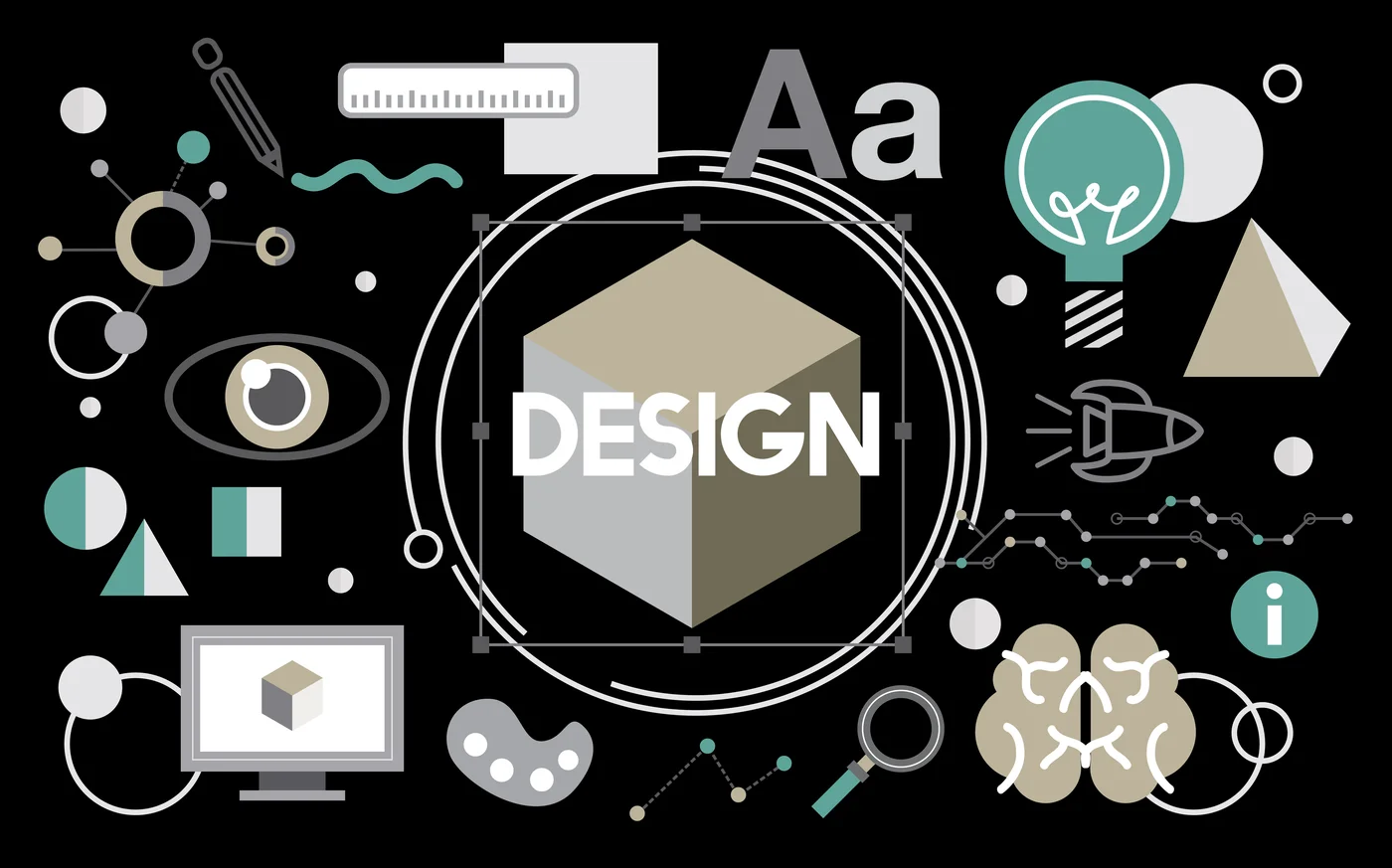
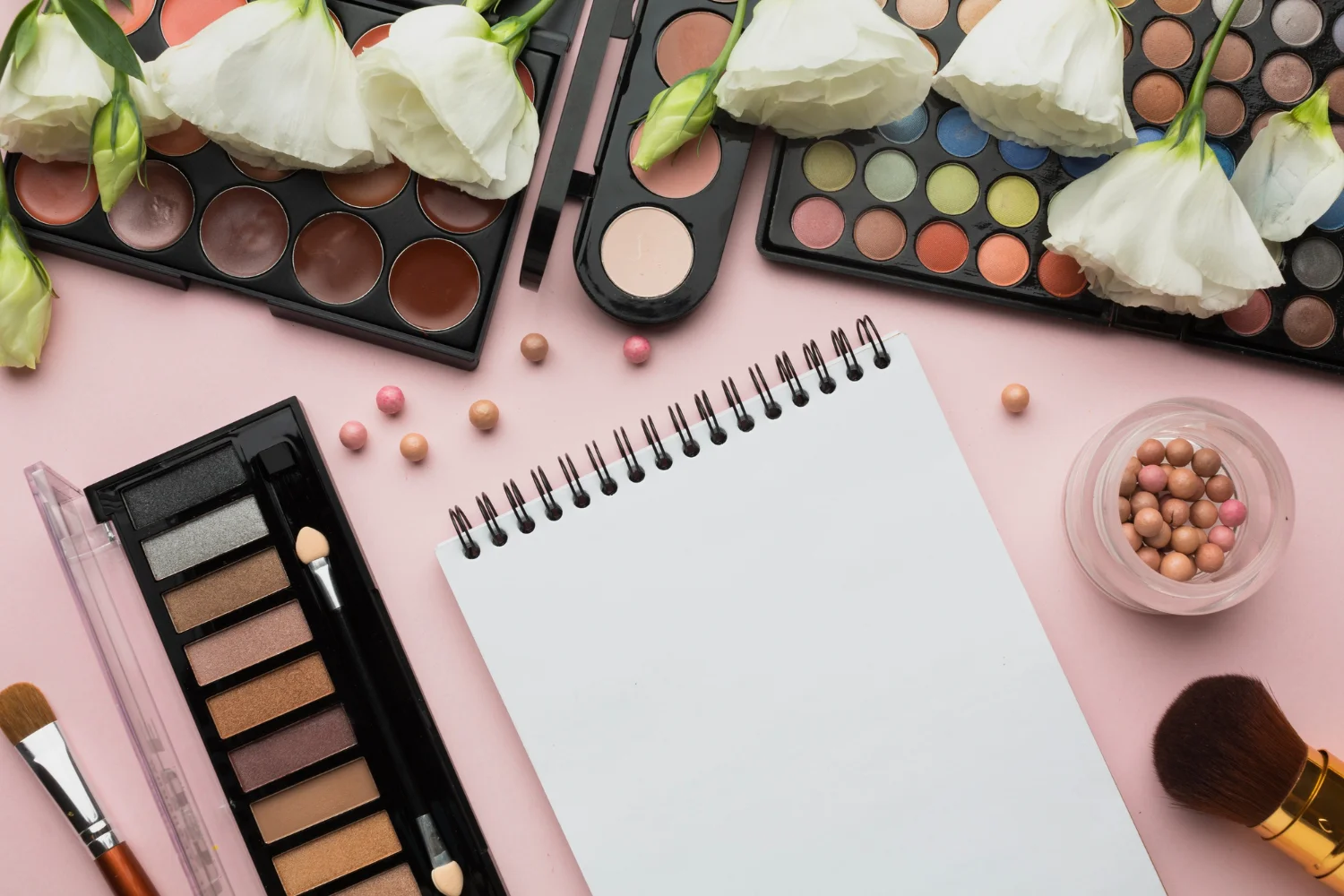
Comments
Add Comments
Update Comment